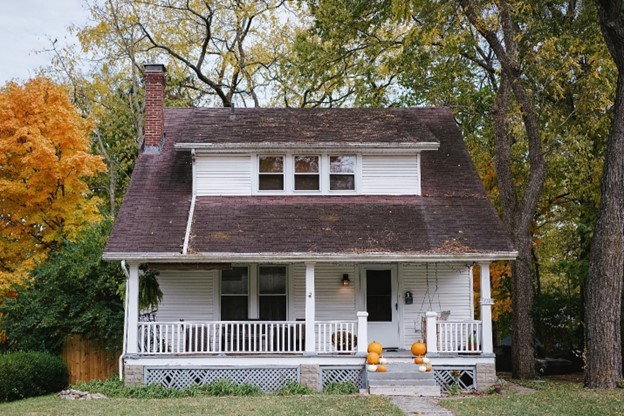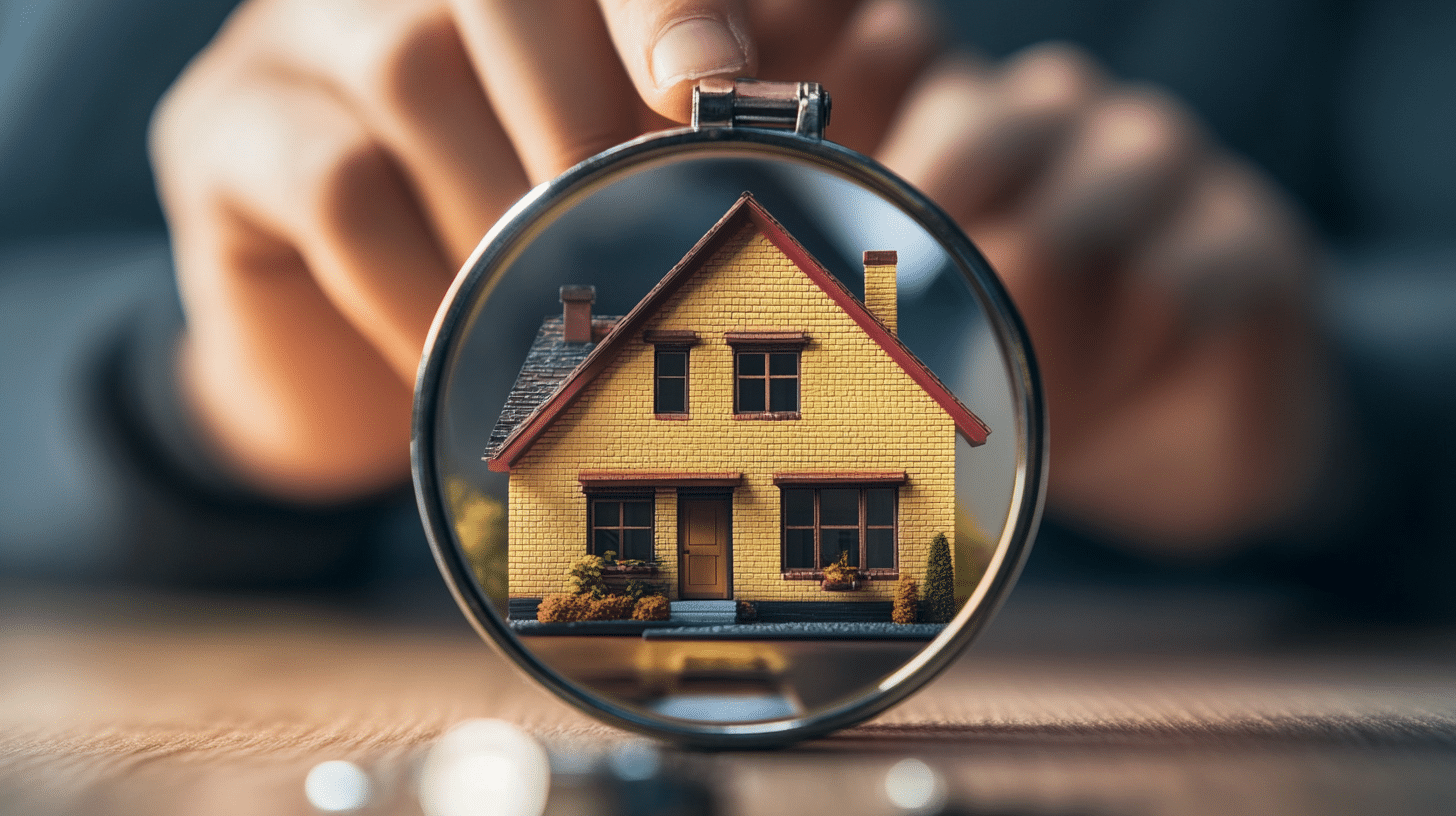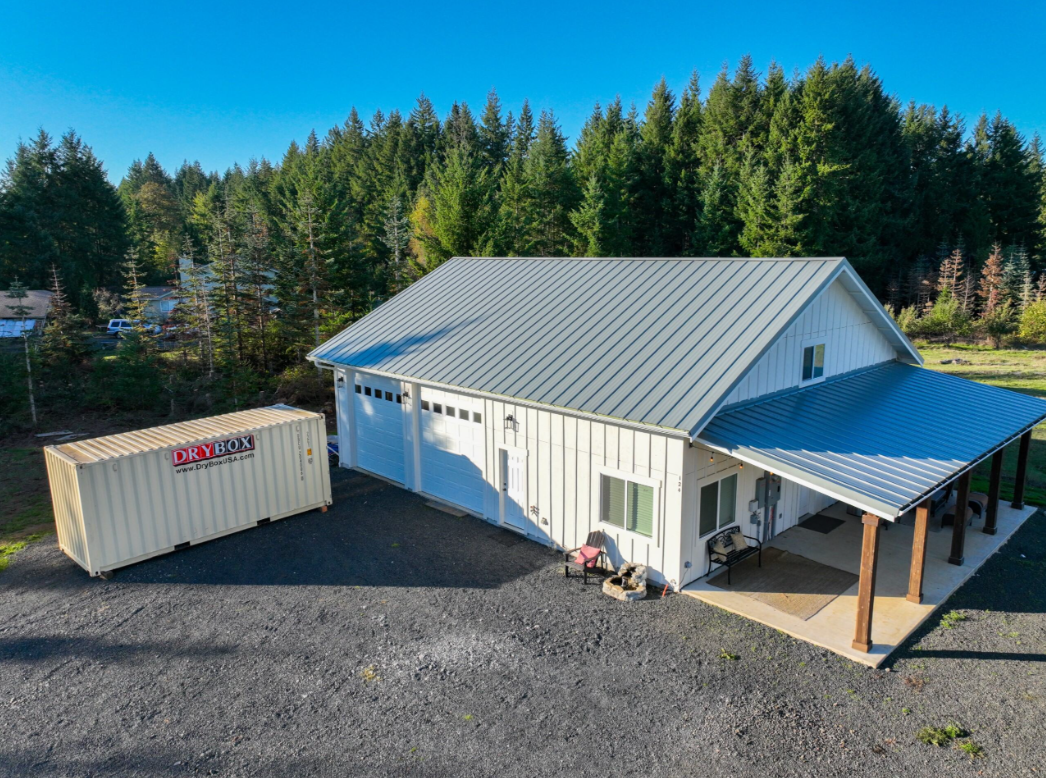What to Look for When Viewing a Home: Key Features and Red Flags
Buying a home is one of the most significant investments you’ll make in your lifetime. It’s crucial to thoroughly evaluate every aspect of a potential property to ensure it meets your needs and expectations. This comprehensive guide will help you understand what to look for when viewing a home, from key features to potential red flags.
Location, Location, Location
The first rule of real estate is location. The area where a home is located can significantly impact its value and your quality of life. Consider the following aspects when assessing a home’s location:
- Neighborhood Safety: Research crime rates and talk to local residents to get a sense of safety in the area.
- Proximity to Amenities: Consider how close the home is to schools, grocery stores, hospitals, parks, and public transportation.
- Future Development: Look into any planned developments in the area, which could affect property values and your living experience.
- Noise Levels: Visit the home at different times of the day to gauge the noise levels from traffic, nearby businesses, or neighbors.
Structural Integrity

The structural integrity of a home is paramount. Issues with the foundation, walls, or roof can lead to costly repairs down the line. Pay attention to:
- Foundation: Look for cracks in the foundation or uneven floors, which could indicate serious structural problems.
- Roof: Check the age and condition of the roof. Look for missing shingles, leaks, or signs of wear and tear.
- Walls: Inspect the walls for cracks, dampness, or mold, which can signal underlying issues.
- Windows and Doors: Ensure all windows and doors open and close properly, and check for drafts that could affect energy efficiency.
Electrical and Plumbing Systems
Functional and up-to-date electrical and plumbing systems are essential for a comfortable living environment. When viewing a home, take note of:
- Electrical Wiring: Ensure the wiring is up to code and in good condition. Look for any exposed wires or outdated fuse boxes.
- Outlets and Switches: Test all outlets and switches to ensure they work properly.
- Plumbing: Check for leaks under sinks, around toilets, and in the basement. Low water pressure or slow drainage can indicate plumbing issues.
- Water Heater: Determine the age and condition of the water heater, as well as its capacity to meet your household’s needs.
Heating and Cooling Systems

A well-functioning heating and cooling system is crucial for maintaining a comfortable home environment. Assess the following:
- Furnace and Air Conditioning Units: Check the age, condition, and maintenance history of the furnace and air conditioning units.
- Insulation: Inspect the insulation in the attic and walls to ensure it meets current standards for energy efficiency.
- Ventilation: Ensure the home has adequate ventilation to prevent moisture buildup and improve air quality.
Interior Features
The interior features of a home can greatly impact your daily living experience. When touring a home, consider:
- Layout and Flow: Assess the overall layout and flow of the home. Does it meet your family’s needs? Are the rooms well-proportioned and functional?
- Natural Light: Evaluate the amount of natural light each room receives. Ample natural light can make a home feel more welcoming and spacious.
- Storage Space: Check for sufficient storage space, including closets, cabinets, and attic or basement storage.
- Flooring: Examine the condition of the flooring. Look for signs of damage or wear, and consider whether you’ll need to invest in replacements or repairs.
Exterior Features

The exterior of a home is just as important as the interior. Key exterior features to evaluate include:
- Landscaping: Assess the condition and maintenance of the landscaping. Overgrown plants or poorly maintained lawns can be a red flag.
- Driveway and Walkways: Check for cracks or damage in the driveway and walkways, which could indicate underlying issues.
- Garage and Outbuildings: Inspect the garage and any outbuildings for structural integrity and functionality.
- Fencing: If the property has a fence, ensure it is in good condition and provides the desired level of privacy and security.
Potential Red Flags
While viewing a home, it’s essential to be on the lookout for potential red flags that could indicate serious problems. These include:
- Water Damage: Signs of water damage, such as stains on ceilings or walls, musty odors, or warped flooring, can signal leaks or flooding issues.
- Pest Infestations: Look for signs of pest infestations, such as droppings, chewed wires, or nests in the attic or basement.
- DIY Repairs: Be wary of homes with obvious DIY repairs, which may not meet professional standards and could lead to future issues.
- Age of the Home: Older homes can have charm, but they may also come with outdated systems or materials that require significant updates.
Financing Considerations
Before falling in love with a property, securing your financing is crucial. Understanding the home loan process can be overwhelming, especially for first-time buyers. Make sure you are pre-approved for a mortgage and have a clear understanding of your budget. Remember, home loans can be a lot to navigate if it’s your first time, so take the time to research and consult with professionals to ensure you’re making informed decisions.
Making an Informed Home Buying Decision
Viewing a home is an exciting step in the home-buying process, but it’s essential to approach it with a critical eye. By considering a potential property’s location, structural integrity, systems, and features, you can make a more informed decision and avoid costly surprises down the road. Remember to look for both key features and potential red flags, and always secure your financing before making an offer. With careful consideration and thorough evaluation, you’ll be well on your way to finding the perfect home for you and your family.







